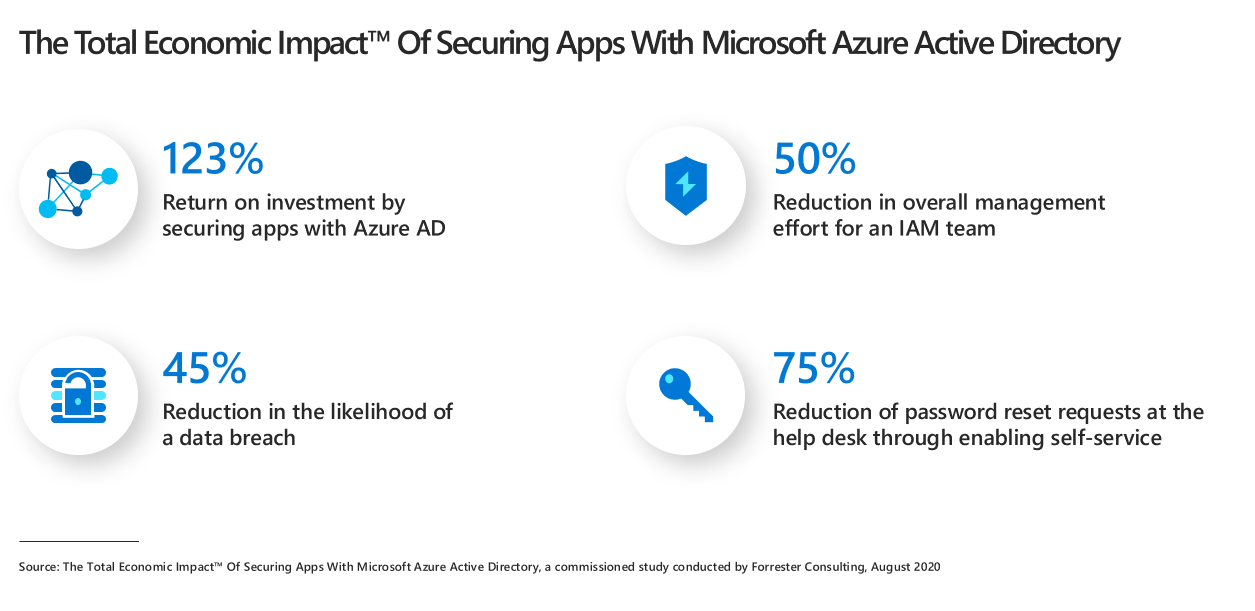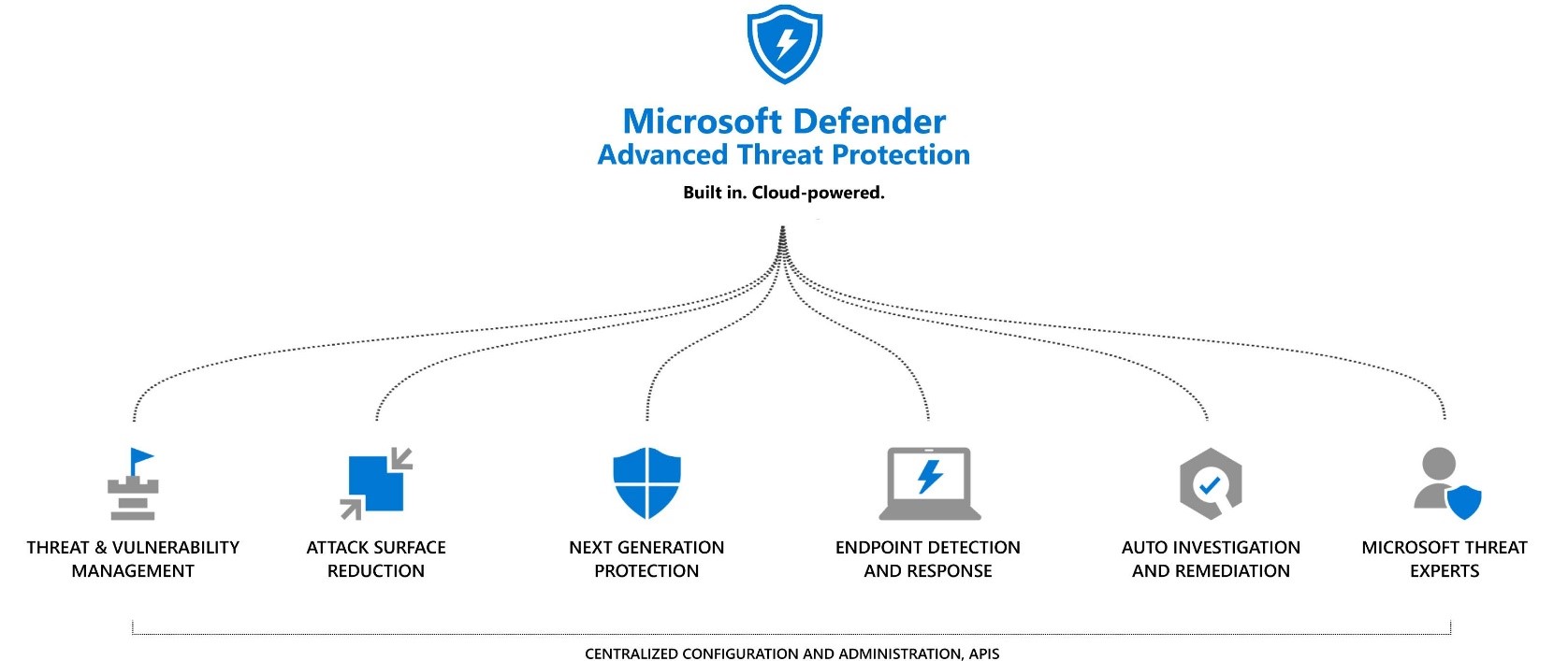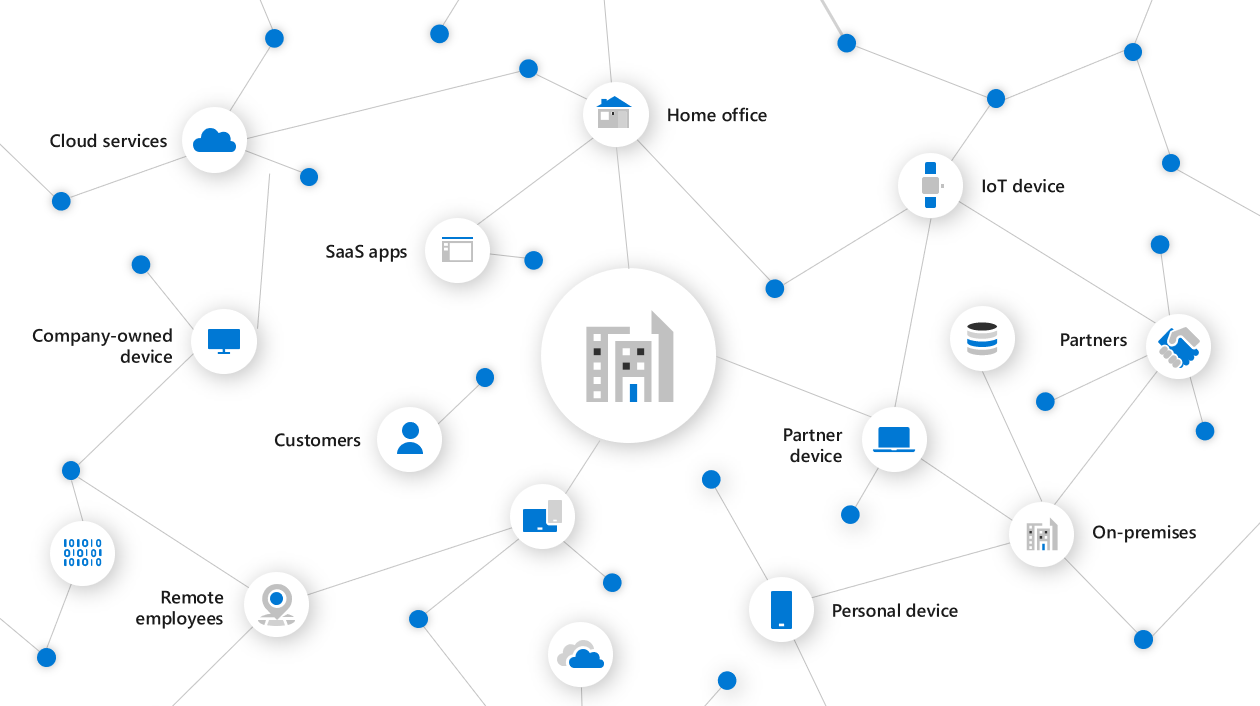
3 ways Microsoft 365 can help you reduce helpdesk costs
With more people than ever working remotely, organizations must maximize employee productivity while protecting an ever-growing digital footprint. Many have stitched together specialized security solutions from different vendors to improve their cybersecurity posture, but this approach is expensive and can result in gaps in coverage and a fragmented user experience. With Microsoft’s integrated security solutions, you can enhance security and user productivity more cost-effectively.
Focusing a lens on the helpdesk illuminates how consolidating with Microsoft helps streamline and strengthen your security posture. Your helpdesk plays an important role in enabling employees to be more effective, but it can also reveal organization-wide productivity challenges. Productivity matters because if security controls are too cumbersome, employees will find workarounds. In this blog, I’ll highlight three examples of how Microsoft 365 can help you reduce costs while strengthening cybersecurity.
1. Reduce password reset calls by 75 percent
One of the most common reasons that employees call the helpdesk is to reset their password. These calls result in a loss of productivity for employees who are locked out of their accounts. They also require employees and helpdesk analysts to take time out of their busy days to work through steps to reset the password. With a high volume of calls, the costs add up.
The best way to reduce password reset calls is to eliminate passwords entirely. Microsoft has built in support for passwordless authentication methods such as biometrics, FIDO-2 security keys, and PINs into all our products and services. Because they are encrypted and stored locally on your users devices, these methods are more secure than passwords and easier for employees—and they can reduce your costs. When Microsoft rolled out passwordless to our employees the hard and soft costs of supporting passwords fell by 87 percent.
Deploying passwordless is a phased journey and not everyone is ready to start that process now, so it’s important to also improve productivity for password users. Azure Active Directory (Azure AD) is an identity and access management solution that allows users to sign in to all their on-premises and cloud apps with one set of credentials—whether they use passwords or passwordless methods. With single sign-on employees will have far fewer passwords to remember; however, sometimes they may still forget or Azure AD may force them to reset a password if an account appears compromised. In either case, Azure AD self-service password reset lets employees unblock their accounts, on their time, via an online portal.
According to a new study, The Total Economic Impact™ of Securing Apps with Microsoft Azure Active Directory, Azure AD self-service password reset can reduce the number of password reset calls per month by 75 percent. In this commissioned study, Forrester Consulting developed a composite organization based on interviews with four customers in different industries who have used Azure AD for years. Deploying Azure AD self-service password reset resulted in a return on investment of USD 1.7 million over three years.

2. Streamline Windows 10 upgrade path
Twice a year Microsoft releases new features and security capabilities for Windows 10. Typically, users are able to download the new operating system and quickly get back to work—but if you use a non-Microsoft product for endpoint detection or antivirus, it can complicate the process.
When a non-Microsoft vendor’s security product is not compatible with a new version of Windows 10, it prevents users from upgrading. This can be confusing for employees, who call the helpdesk for assistance. In addition to facilitating these calls, your team must also run software compatibility testing once a new version of the security software is released. Meanwhile, your company can’t take advantage of the productivity and security features available in the latest version of Windows 10.
To reduce dependencies without compromising security, turn on Microsoft Defender Antivirus and Microsoft Defender Advanced Threat Protection (Microsoft Defender ATP). Microsoft Defender ATP helps you protect, detect, and respond to advanced attacks against all your endpoints. Microsoft Defender Antivirus, a Microsoft Defender ATP capability, uses artificial intelligence and machine learning to find and block malware and other viruses. Both solutions are designed to work together and are integrated with Windows 10, which reduces the likelihood of helpdesk calls during the upgrade process.

3. Empower uses to manage their devices
A third driver of helpdesk calls is device management. Any time an employee needs help with a device, such as when they start a new job or want to use a personal device to access email, a helpdesk analyst is often involved. The analyst sets up devices with the appropriate applications and permissions and troubleshoots challenges with access.
As the way we work has changed, people no longer access corporate resources solely from the office using company-provided devices. Reading emails from a coffee shop on a personal phone or reviewing presentations from a tablet makes working more convenient, but it can also introduce security challenges. Employees may not upgrade their devices or apply security patches in a timely manner. They sometimes, unknowingly, download apps with security flaws. Attackers leverage these vulnerabilities to gain access to sensitive company resources.

Microsoft Endpoint Manager makes it easier to provision, update, and manage personal and business laptops and mobile devices with support for Windows, MacOS, iOS, and Android Enterprise. Integration with Azure AD enables employees to use Microsoft Intune Portal to enroll both corporate-owned and personal devices without helpdesk intervention. Intune automatically installs appropriate apps, or you can allow employees to choose apps through the portal.
With Microsoft Endpoint Manager, you can also enforce security policies on all enrolled devices. For example, you can require that employees use the most current operating system to access corporate resources. You can define PIN requirements or install threat protection software. If users don’t want to enroll their device, mobile app management capabilities let you isolate organizational data from personal data. These policies are defined globally and automatically applied when users register devices, streamlining the process for everyone.

Microsoft 365 security solutions work across identities, endpoints, emails, apps, data, clouds, networks, and IoT devices to detect, block, and elevate threats. Consolidate with Microsoft to strengthen security, simplify the user experience, and reduce helpdesk costs.
To learn more about Microsoft Security solutions visit our website. Bookmark the Security blog to keep up with our expert coverage on security matters. Also, follow us at @MSFTSecurity for the latest news and updates on cybersecurity.
